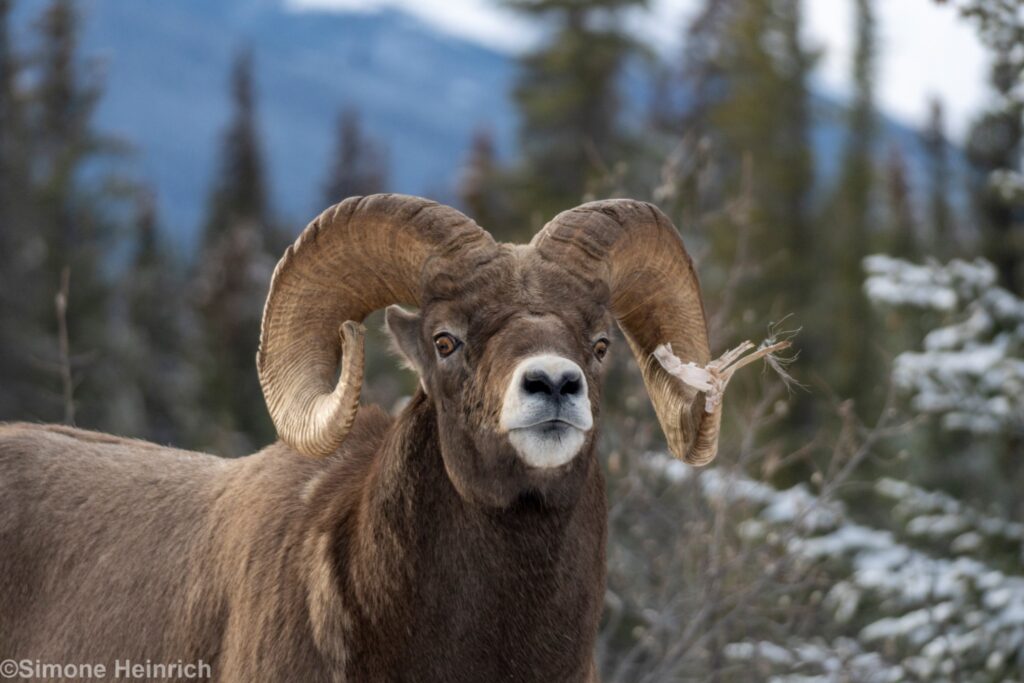Parks Canada and Alberta Fish and Wildlife are reminding industry partners about the hazards of intervening in life-and-death situations involving wildlife.
On March 11, Alberta Fish and Wildlife’s Hinton office received an atypical call from CN dispatchers after a bighorn sheep was injured on the railway right-of-way.
That wasn’t the atypical part: wildlife is killed regularly on the railway. According to Parks Canada, between Jasper and Banff National Parks, more than 600 animals died on the railway between 2011 and 2021.
Since 1983, more than 1,500 animals—mostly elk and deer, but also moose, bears and sheep—have been killed on train tracks in Jasper National Park alone. Big horn sheep accounted for 453 of those mortalities—an average of more than 10 per year.

So it wasn’t particularly strange that CN was reporting a sheep had been hit. What was strange, according to Alberta Fish and Wildlife, is that CN was transporting the injured animal. Based on their call to authorities, the crew was bringing the animal to a place where they believed wildlife experts could tend to it.
“It was a real unusual one,” AB Fish and Wildlife’s Hinton district officer, Chris Watson, said.
Parks Canada thought so as well. They, too, were informed by CN that an injured sheep had been picked up by one of CN’s trains near the Brule train tunnel, and that Alberta Fish and Wildlife were responding.

There was more train travel yet for the bighorn. Soon after the rendezvous with the provincial wildlife team, Parks Canada learned that CN was bringing the animal back—to within the national park boundary, where it was first encountered.
“CN informed Parks Canada that CN had decided to transport the animal back to its place of origin, which was confirmed by GPS coordinates as just within the national park boundary,” said Jasper National Park’s media officer, Janelle Verbruggen.
Unfortunately for the sheep, there wasn’t much wildlife experts could do for it. Parks Canada wildlife specialists visited the location the following day and found that the animal had succumbed to its injuries, Verbruggen said.
“Due to the severity of its injuries, Parks Canada believes the sheep would have succumbed to the lacerations on its hindquarters regardless of the interventions by CN,” she said.
Verbruggen added that the sheep carcass was submitted for standard disease testing.
The Canada National Parks Act is clear that it is illegal to “entice, pursue, pet (or attempt to pet), harass, or feed wild animals in Canada’s national parks and historic sites.” It doesn’t say anything about putting injured wildlife in your train.
Verbruggen said Parks Canada, CN and Alberta Fish and Wildlife have met, and are working together to improve awareness of wildlife safety.
The Jasper Local has reached out to CN for a statement.
Bob Covey // bob@thejasperlocal.com


